An Interview with MewLab, creators of ‘The Evening Her Mind Jumped Out of Her Head’
MewLab is the brainchild of two NFTS graduates Kim Noce & Shaun Clark. Their work is know for its bold, experimental style, both in techniques and visuals. Last year the short film The Evening Her Mind Jumped Out of Her Head hit the film festival circuit – being screened across the world, its simplistic white-line-on-black aesthetic was striking and memorable, as was the surreal tale created by their collaboration with Sarah Woolner. The film follows a woman who is driven to distraction on a dull train journey, a tale of comedy derived from the chaos and dismay of commuting regularly, something many of us can appreciate.
The film was developed with Watford Borough Council and Watford Palace Theatre to create a piece for large outside projection, which gives the film its odd but very interesting camera angles and aspect ratios, all of which contribute to what makes this film so beautifully different. We were able to catch up with duo at MewLab and talk further about the film and their studio as a whole.
How closely did you work with Sarah Woolner to develop the film?
Having previously read another script of hers we met to chat about potential ideas for short films. The film was a commission, which the funders wanted to appeal to the general public with an emphasis on being family friendly. Other than that, the funders were very open to our approach and very supportive during the process.
We gave Sarah a general indication of what we were looking for but we left her free to approach it however she wished. She sent a few synopsis and we all fell in love with The Evening Her Mind Jumped Out of Her Head. We felt we could identify entirely: how life can sometimes be drowning you with small, insignificant details and then how a single moment can expand taking you to a completely different state of mind.
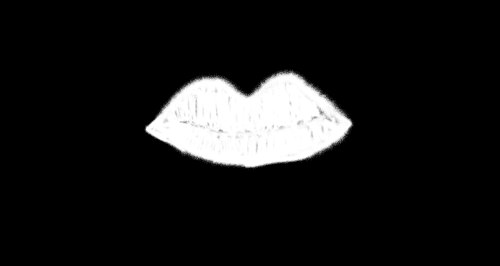
Sarah just has that magic touch with words and ideas, so we tend to trust her a lot. Images and thoughts flow easily. She seems to always start from something “real” … and it does come across. In her statement she describe the origin of the story:
I remember a time when I was commuting three hours a day to a job that left me totally unfulfilled. I grew numb. I switched off. I’d grown so used to the monotonous routine; the endless cycle of leaving the house in total darkness, fighting through a wall of zombie-like commuters, spending the whole journey under the fierce glare of a smelly-breathed suit man because you got to the seat first and doing it all over again. And again. And again. And then it dawned on me; oh shit! I can’t feel anything anymore. I can’t hear myself anymore.
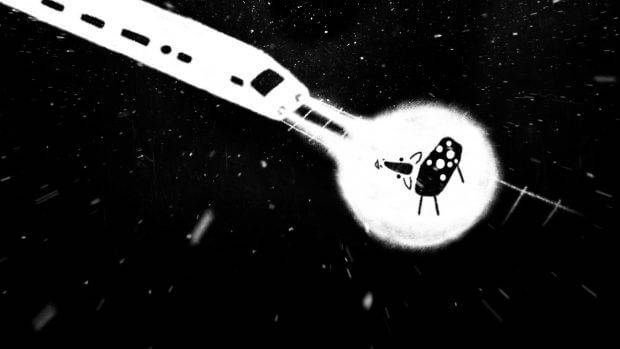
This particular story came to life on a very cold and snowy evening. The (delayed and packed) train finally arrived. A few of us boarded; squashed together; moody, hungry and desperate to get home. But mid way through the journey, the train came to a grinding halt and there we sat for two whole hours; all because a herd of cows had escaped and had scattered across the snowy track. A combination of the image of rogue cows causing such destruction and the sound of angry, huffing, snorting commuters; well it really amused me!
Can you tell us a little about the voice actors and how you went about choosing them for the film, as they each had to play multiple characters?
We have worked with the wonderful Paul Mundell and Penelope McGhie quite a few times. They are both very talented and professional actors with extensive experience in theatre and film, we knew we could rely on them to understand what we wanted to achieve with the characters and for them to improvise and give life to the story.
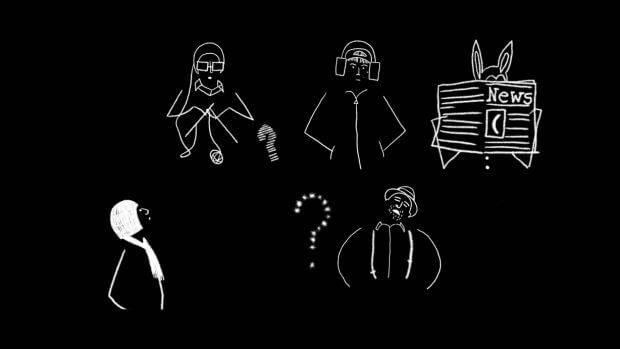
All of your films have a very different approach, what materials and techniques did you use to make this film?
We always feel that each story has its own intrinsic technique. Usually artists are defined by one style and studios tend to have many artists with different styles: but we like to explore and change and to follow where the story takes us.
The Evening Her Mind Jumped Out of Her Head was originally commissioned as a mapping projection over a small Tudor building in the town center. This limited the color palette we could use for maximum visual impact: so we embraced the technical limitation and took them as creative challenges. In this film we used white lines and we animated entirely in Photoshop compositing the different animations and loops in After Effects. We wanted to keep it simple, to play with the space around the frames and we aimed to orchestrate the environment mirroring how the character perceived her world.
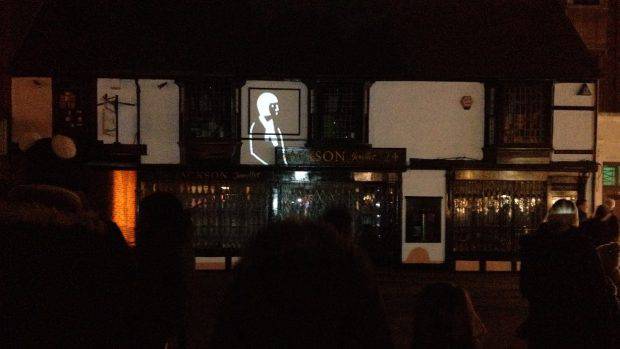
The white light worked well on the building and added to the wintery feel. On location the simple lines left the building space to breath and exist; while at the cinema the black frame become a synonymous of the emptiness that’s separate the main character from the others; and from herself. A dark but magical place.
What were Watford Borough Council looking for in this project when they funded it?
Watford Borough Council and Watford Palace Theatre worked in collaboration to create Watford Big Events, a series of cultural events running through out the year. Watford Borough Council wished to create an outdoor projection to run for one week every evening for the people of the Town. They wanted something for the family audience to lighten up the day during the dark cold nights in January. Rather than to display an engaging light show we decide we wanted to transform the location it into an impromptu open cinema narrating a modern “fairy tale”.
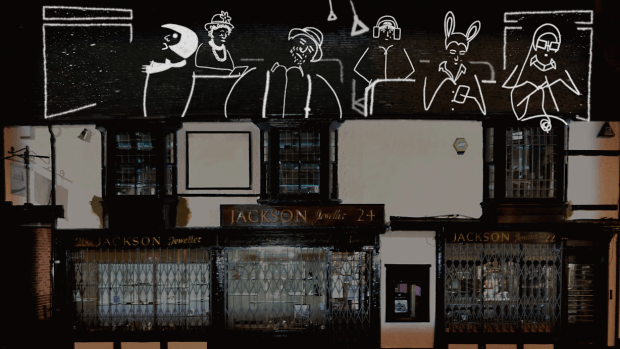
Can you explain how the piece was originally created as a projection and interactive space?
We first chose the building and then contacted Sarah to write the story inspired by the location. We then created the storyboard using the buildings quirky layout as a framing device. We decided to play with the framing and space rather than to force a 16:9 cinematic format onto the building. We were very playful about it and embraced every single obstacle as game: in short we had a lot of fun! We hired a projector and a professional projectionist Damian Omaha from Platinum Projections with all the technical know how to project the work onto the building. On the opening evening of the performance it actually started to snow during the screening so we had animated snow and real snow: it was magical!
What were the issues and benefits of making a film in this way?
The obstacle we found was working with the environment. When you make a film it will simply be shown in a very controlled environment, which is perfect to view the picture and listen to the audio in optimum conditions. When you start to play with the outdoor… things gets a little more complex. The screen, the audio, the location and even the weather might not be on your side. It was a challenge and an interesting experiment also for our wonderful post production team the Composer Alex Harwood and Sound Designer David Pringle and Editor Fiona DeSouza: they had to create a soundtrack and a narraive that would function both on a noisy outdoor site and inside the cinema.
Overall playing with a different format brings exciting new creative pathways and choices.
This film was created as part of your collective MewLab, when did you first start working together?
We met at the NFTS and started to work together since 2005. At first it was more for convenience, it was easier to take larger commission and projects whilst sharing responsibilities and workload. But as time passed we started to develop a style born from our colliding ideas. We have now made over ten films since 2005 and work predominantly on directing film. We attend a lot of festivals and always have films in production, its important to keep making work as a filmmaker. In 2014 we had a retrospective in Seoul and Corfu.
A lot of your work is highly textured and has a real handmade feel to it, what is it about this style of work that keeps you interested?
We like to be challenged by ideas and to try to test different ground and different paths all the time. A style is a bit like handwriting; it slightly changes with your mood. The handwriting becomes intrinsic to you, but you don’t tend to choose it consciously. It is actually sometimes surprising to hear people describing your own style because often we concentrate on the new things and the difference between each project rather than the similarities.
Can you tell us what you are working on now/next?
We have just completed two new short film funded by Film London and produced by Film Club Production at Th1ng . The films were inspired by Sally Barden PHD exploring visual artists response to Shakespeare. The first film is Neck and Neck delving into Othello’s jealousy and the second one is Love in Idleness exploring the delusional love relationship between Titania and Bottom in A Midsummer Night’s Dream. We are now starting to work on a new project, which involves a lot of murders!
See more of MewLab’s work at mewlab.com

